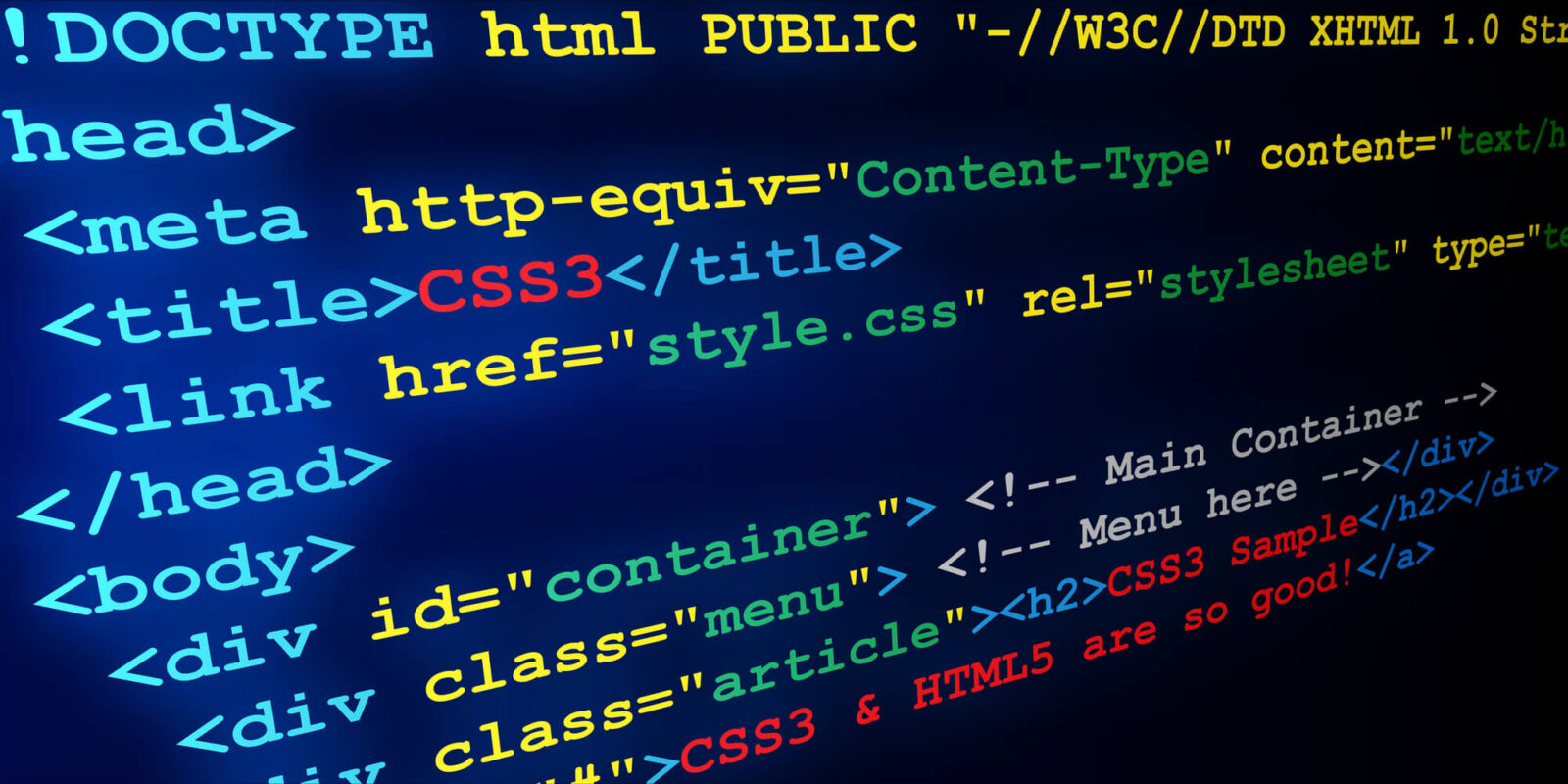Knowledge of text and numbers fundamentals in programming is not only essential for technical reasons: it’s an invaluable skill that will allow anyone looking to become adept in programming. Coders find themselves dealing with both types of data often.
From creating user-friendly interfaces and calculating numbers to printing out messages or simply printing out a message on screen, knowing how to work with text and numbers effectively in code is crucial. This even includes converting numbers to words in some specific applications, which could be essential for generating invoices or making numbers more human-readable.
In this blog post we’ll dive deep into these basic data types while exploring their application effectively in programming – hopefully leaving you better prepared than before to code more proficiently using both types effectively while improving your programming skills!
Basics of Text and Numbers
Text in programming refers to any sequence of characters that makes up text; these could include words, sentences or even single letters. Text is stored as strings in variables. For example, in Python, you might write text = “Hello, World!”. Text is integral for user interaction, displaying messages, and even for storing information like usernames and passwords.
Numbers, on the other hand, could be integers (whole numbers), floats (decimals), or even complex numbers in some languages. They are stored in ‘integer’ or ‘float’ variables. For example, in Python, you could have num = 42 or decimal = 3.14. Unlike text, numbers are used for calculations and logical operations.
Text and Numbers in Different Languages
Python
In Python, text and numbers can easily coexist. For instance, to combine numbers with text you can convert each number to string format before joining them together with text – see this sample Python code:
Example:-
num = 5
text = “There are ” + str(num) + ” apples.”
This turns 5 into string “5” before concatenating it with other strings to form a full sentence.
JavaScript
JavaScript offers more flexibility when it comes to mixing numbers and text together; in many instances you can simply concatenate them without explicit type conversion.
Example:-
let num = 5;
let text = “There are ” + num + ” apples.”;
However, when performing mathematical operations that include text elements, JavaScript will convert everything to strings automatically – so be wary!
Java
Java is stricter about types, so you must explicitly convert numbers to strings when you’re using them together. Here’s a Java snippet:
Example:-
int num = 5;
String text = “There are ” + Integer.toString(num) + ” apples.”;
Notice the Integer.toString(num) method used to convert integer values to string format.
My own experience has taught me the value of knowing how to navigate these subtle differences between languages can save time and prevent headaches in debugging programs. A small oversight like forgetting to convert numbers to strings could potentially disrupt an entire program and require hours of troubleshooting; therefore, possessing an in-depth knowledge of how text and numbers behave in various coding environments is necessary for effective programming.
Real World
Now that we have explored the fundamentals and observed how different languages handle text and numbers, let’s move onto their real-world applications. Interacting between text and numbers doesn’t just play out academically; it has practical uses as well.
Web Development
In web development, the strategic use of text and numbers can make a world of difference between an inviting user experience and one that leaves visitors confused and frustrated. Consider an e-commerce website which uses numbers to indicate prices and quantities while text provides product descriptions and user instructions – such as product features. I’ve personally found that knowing when to highlight specific numbers (such as discount percentages) versus expanding upon them through text can have a dramatic effect on engagement rates and sales figures.
Data Analysis
Data Analysis is another area where text and numbers coexist seamlessly. Take, for example, customer reviews: the text provides qualitative data while numbers provide quantitative metrics like rating scores to provide a fuller understanding of customer sentiment.
Experience with tools like Microsoft Office analytics tools has taught me that you may need to change some numerical scores into text labels, like categorizing 90-100 scores as “Excellent,” so as to make your data more interpretable.
Games
Text and numbers have an intrinsic relationship in gaming as well. Imagine a role-playing game where your character’s stats (numbers) are integral while the storyline (text) keeps you entertained; successfully merging these elements can result in an immersive gaming experience.
Tips and Tricks
By now, you should have an excellent grasp of how text and numbers function within various programming languages and applications. Now let’s go one step further by offering some tips that can hone your skills further.
- Convert Data Types: Keep in mind what data type you are dealing with at all times. Converting numbers into text or vice versa is common practice, so mastering these conversions is vital.
- Concatenation Functions: Built-in functions exist for joining text and numbers together when dealing with complex situations, like when dealing with C files; one such function would be “sprintf()”.
- Commenting: Commenting can be seen as both a general programming tip and specifically useful when dealing with text and numbers in one program. Clearly written comments explaining data types and operations will make your code easier for everyone else to comprehend.
- Testing: When writing code, always thoroughly test it to make sure all text and numbers interact as expected. An overlooked type error can wreak havoc on a program – I learned this the hard way!
Conclusion
Navigating the complex world of text and numbers may appear to be a minor task at first, but as we’ve demonstrated it is an invaluable skill that has many uses; such as building robust websites or conducting meaningful data analyses or designing captivating games. No matter if you are just learning or an experienced programmer alike, gaining insight into using both numbers and letters together is invaluable skill set – the tips discussed should act as guides towards writing code that is not only functional but also highly effective when applied in real world applications.
I hope this blog post has provided you with all of the knowledge and tools to effectively utilize text and numbers during your coding journey, leading to more engaging programs! Here’s to creating more dynamic and captivating programs







Leave a Reply